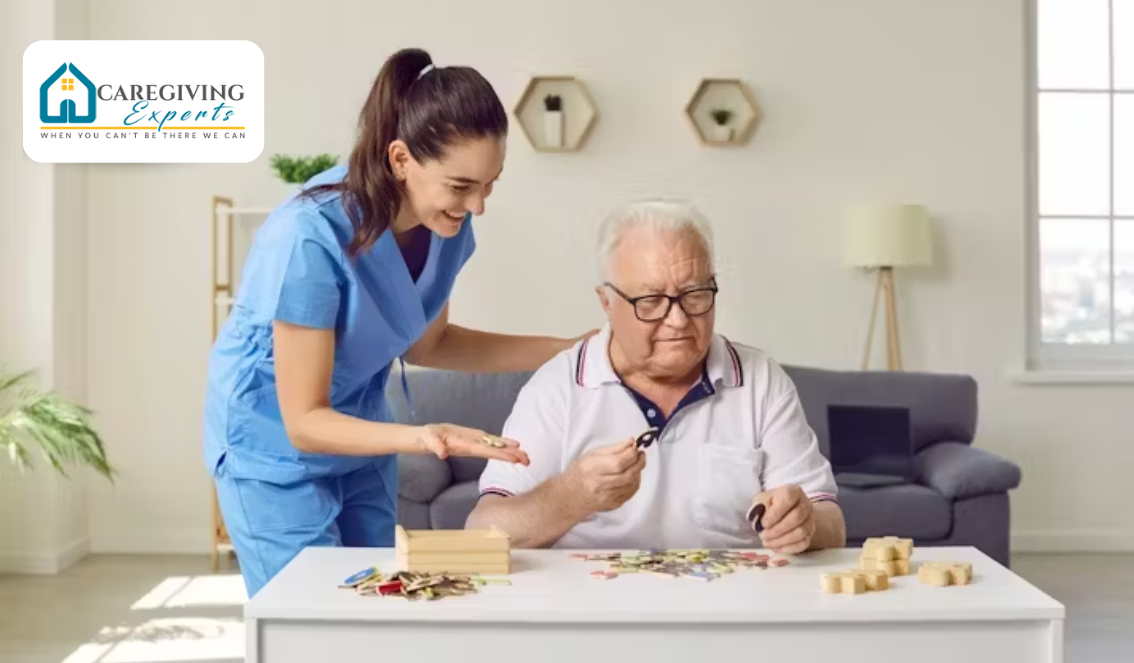When a loved one starts needing extra help at home, one of the first questions that comes up is: How much care do they actually need? It’s not always easy to answer—and understandably, families want to get it right. Too little help could put your loved one at risk. Too much could overwhelm or overcomplicate things.
So let’s walk through this together. We’ll explore what goes into deciding how many hours of home care are truly necessary, and how you can strike the right balance—without the stress.
It’s Not About Guessing—It’s About Matching Care to Needs
Every person’s situation is different. That’s why estimating care hours isn’t about picking a number out of thin air. It starts with a clear understanding of what your loved one needs help with daily—and how often.
For instance, does your parent simply need reminders to take medication and help getting dressed in the morning? Or are we talking about bathing, mobility support, and supervision due to memory loss? These kinds of differences matter a lot when deciding on a care schedule.
Some families only need a few hours per day, a few times a week. Others may require round-the-clock support with a live-in caregiver. The key is understanding what’s realistic and sustainable—both for your loved one and your family.
Start with the Basics: What Type of Support Is Needed?
Let’s break things down a little further. These are some of the areas where professional caregivers can help:
- Personal care: bathing, grooming, feeding, toileting, dressing
- Mobility support: moving safely around the house, preventing falls
- Alzheimer’s & dementia care: behavior management, memory prompts, structured routines
- Medical condition care: support with recovery or management of chronic illnesses like Parkinson’s, stroke, TBI, or heart disease
- Transportation support: help with errands, doctor visits, and social outings
- Companionship: emotional support and help reducing loneliness or isolation
Once you’ve listed what your loved one needs, it becomes easier to figure out whether a few weekly visits are enough—or if they’d benefit from ongoing support.
Recognizing the Clues: Signs More Hours Might Be Needed
If you’re not sure whether your current care plan is working, look for red flags. These signs often mean more caregiver hours are needed:
- Your loved one forgets meals, medications, or hygiene routines
- You notice weight loss, confusion, or withdrawn behavior
- You or other family members are feeling burned out
- There are frequent falls or safety concerns
- Appointments are missed due to lack of transportation
- There’s been a hospital discharge and recovery requires close attention
Sometimes care needs change gradually, and other times they change overnight. It’s okay to reassess regularly. What worked two months ago might not work today—and that’s normal.
24-Hour Care vs. Daily Visits: What Makes Sense?
Here’s where things get specific. The kind of care your loved one needs will determine how often and how long a caregiver should be present.
Daily visits (4–6 hours):
Perfect for seniors who are mostly independent but need help with tasks like bathing, meals, errands, or getting ready for the day. These visits can happen a few times a week or every day, depending on what works.
Full-day care (6–12 hours):
Best for individuals who need help throughout the day—perhaps someone with limited mobility or early-stage dementia. These longer shifts ensure safety, supervision, and structure.
24-hour live-in care:
Recommended for people who cannot be left alone. This might include late-stage Alzheimer’s, stroke recovery, or complex medical conditions requiring constant supervision.
You Don’t Have to Figure This Out Alone
Trying to calculate caregiving hours by yourself can feel overwhelming. That’s why it’s helpful to talk with professionals who do this every day. A free in-home assessment can provide clarity, helping you understand the level of support your loved one truly needs.
During this consultation, experienced staff will ask detailed questions, observe your loved one’s condition, and provide personalized care recommendations. They’ll also look at things like:
- How much help does your loved one want vs. what they actually need?
- Are there medical or cognitive concerns that could escalate?
- Are family members available to share the caregiving load?
- What is the home environment like—safe, accessible, or in need of adjustment?
With all that in mind, you can make an informed decision that doesn’t just “cover the basics”—but really supports your loved one’s well-being.
Real Care, Not Just a Checklist
At the end of the day, caregiving is about more than hours and tasks. It’s about protecting independence, preserving dignity, and ensuring your loved one continues to live with purpose.
That’s why the best in-home care services are flexible. You’re not locked into one plan forever. As needs evolve—whether due to aging, illness, or recovery—your care plan should evolve too.
Whether your family is navigating early support needs or facing a sudden health challenge, knowing when and how to add care hours makes all the difference.
Let’s Simplify the Process
Still unsure what your loved one needs? You’re not alone.
Reach out today for a free in-home care needs assessment through Caregiving experts. Their team will help you figure out exactly how much help is needed—without pressure, without confusion. Just compassionate guidance from people who care.
FAQs
Q1. How do I know if my loved one needs full-day care or just a few hours?
Start by observing daily routines. If your loved one needs help with most personal tasks or can’t be left safely alone, full-day or even 24-hour care may be a better fit.
Q2. Can the number of care hours change over time?
Yes. Care plans should be regularly reviewed. It’s completely normal for someone to begin with short visits and later need more support.
Q3. What if my loved one refuses help, even though I know they need it?
This is very common. Sometimes introducing care gradually—just an hour or two a day—can help ease resistance. A professional can also explain the benefits in a reassuring way.
Q4. What’s included in an in-home assessment?
It typically includes a full evaluation of physical, emotional, and cognitive needs, as well as a look at the home environment and daily routines.
Q5. Do I need to commit right after the assessment?
No. There’s no obligation. The goal is simply to help you understand what your loved one needs and how to plan for it.


